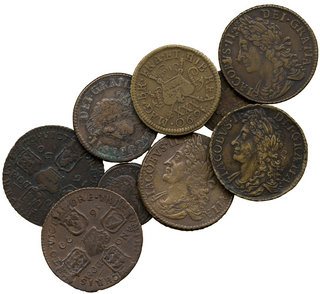
In recent decades new religious movements have popped up inspired by ancient pagan spirituality (movement of Neopaganism) and among these the revival of the ancient Celtic religion called Druidism stands out. The aura of mystery and mysticism that has always accompanied the collective figures and myths related to the old religion of Ireland and Britain, has meant that this new movement involved a considerable number of proselytes.
But let us see what are the characteristics and key figures of this cult.
The basics of Druidry are peace and the preservation of nature and harmony with itself. The man is not a superior being to others. The world does not belong to him, the human being is only part of it. Ecology is an absolutely fundamental value, it is seen as the only way by which we maintain the natural link between man and natural spirits, the observance and maintenance of the latter.
For druidists trees are powerful spirits and their ceremonies take place in wooded areas. During these meetings we celebrate the intake of spirits (scotch and whiskey), called “water of life”, songs are sung and sermons recited. It is also possible that new priests are ordained. The initiation requires that the subject become a Bard, priest of the first degree, taught in a basic Druidic mythology and philosophy. The priest of the second degree is the Ovate, initiated into the sacred mysteries, which, in the original Celtic religion, has the power of prophecy. When an Ovate reaches such a level of wisdom and spiritual maturity that they can educate other priests, they go on to the level of Druid.
The main holy days are those associated with solar and lunar cycles. Solstices and equinoxes are times in which they celebrate both collectively and personally. Many modern traditions originate from the ancient Celtic religion: the feast of Yule, which originally was a party time to honor the spirits of trees, decorating them, has become Christmas for Christians (hence the custom of setting up the tree Christmas). Oestara became Easter, Beltane became Candlemas. With the arrival of Christianity, these holidays have been transformed, as have changed divinities and symbols of the Celtic religion (most often have been identified as demons by Christians) who are venerated today by druidists.
The principal Gods are the Mother Earth, which is identified with the concept of the Triple Goddess, the personification of material reality; Béal, personification of immaterial realities, and then Dalon Ap Landu, the Lord of the Woods. Next to these gods we find the minor ones, which include fairies and goblins that constitute the so-called “Little People”.
So sacredness and spirituality permeate this cult, which also found a love for nature, intended as respect and gratitude towards it. That would not be a bad idea to follow also for those who believe in other religions.


